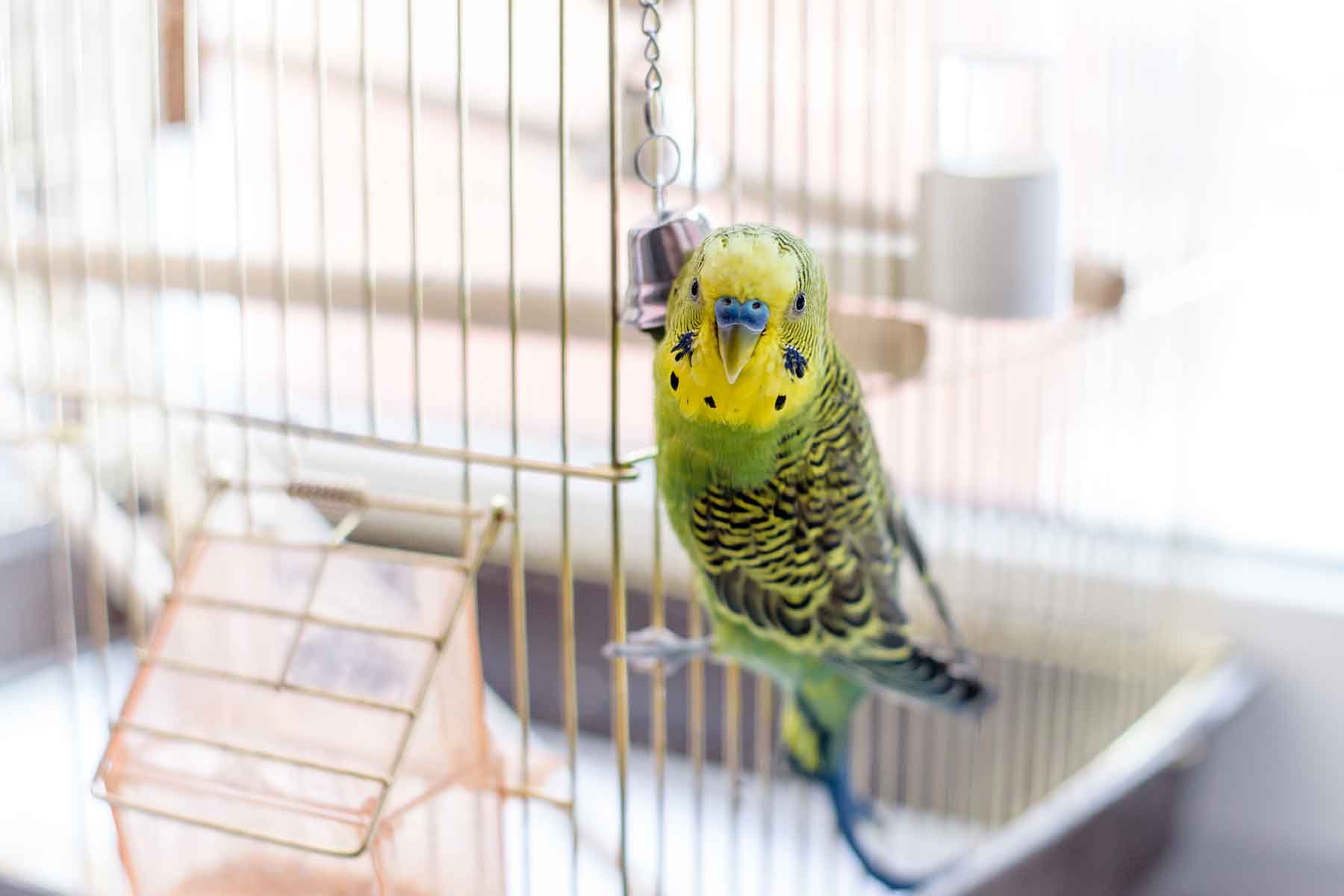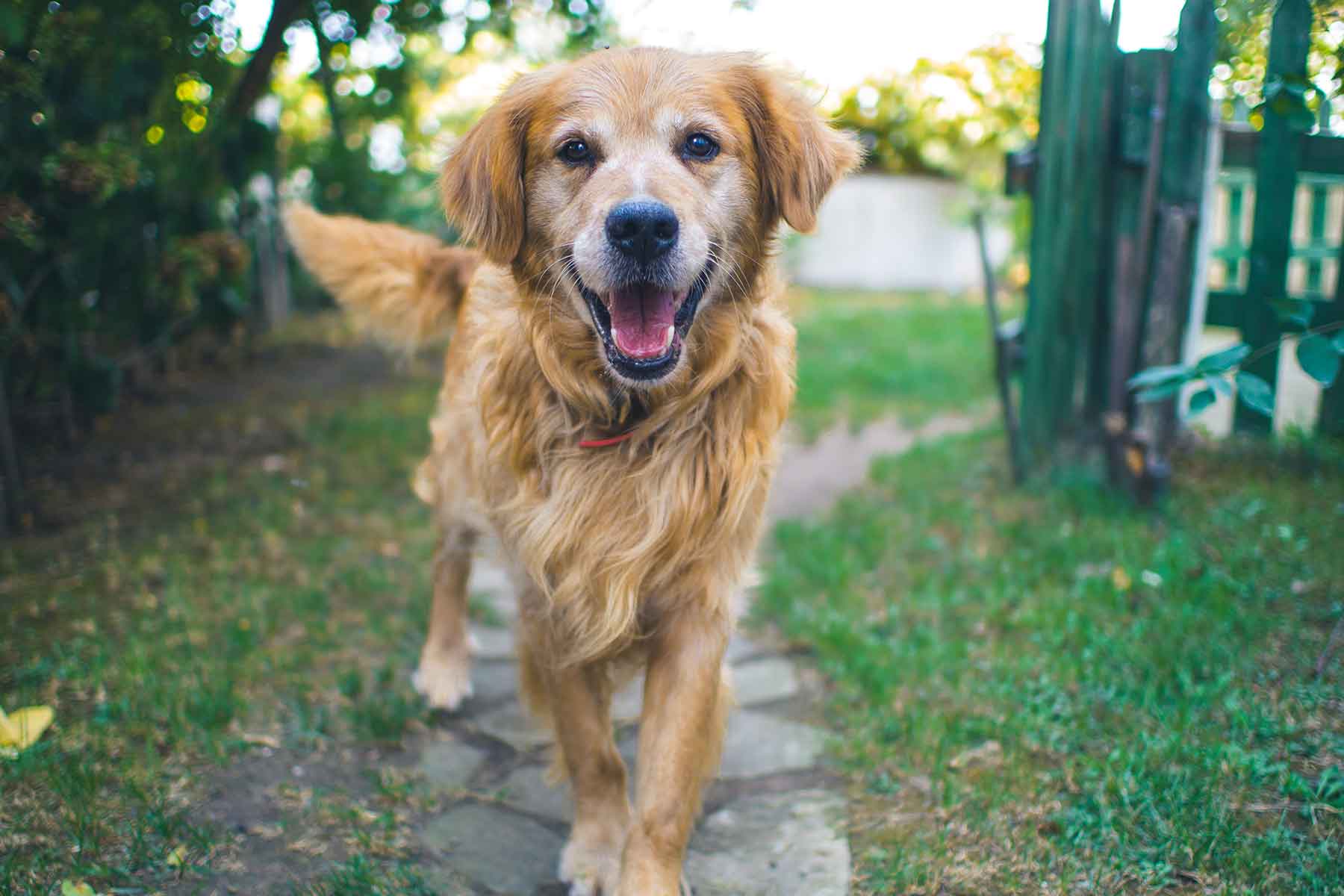The thyroid gland is one of the most important glands in the body. It is located in the neck near the trachea or “windpipe” and has two lobes, one on each side of the trachea. This gland is controlled by the pituitary gland, which is located at the base of the brain.
The thyroid gland regulates the body’s metabolic rate. If the thyroid is overactive (hyperthyroidism), the body’s metabolism is elevated. If it is underactive (hypothyroidism), the metabolism slows down.
What causes hypothyroidism?
Hypothyroidism is usually caused by one of two diseases: lymphocytic thyroiditis or idiopathic thyroid gland atrophy. The former disease is the most common cause of hypothyroidism and is thought to be an immune-mediated disease. This means that the immune system decides that the thyroid is abnormal or foreign and attacks it. It is unclear why this occurs. In “idiopathic thyroid gland atrophy” the normal thyroid tissue is replaced by fat tissue. This condition is also poorly understood.
These two causes of hypothyroidism account for more than 95% of the cases in dogs. The other five percent are due to rare diseases, including cancer of the thyroid gland.
What are the clinical signs?
When the metabolic rate slows down, virtually every organ in the body is affected. Most dogs with hypothyroidism have one or more of the following signs:
- Weight gain without an increase in appetite
- Lethargy and lack of desire to exercise
- Cold intolerance (get cold easily)
- Dry, dull hair with excessive shedding and flaking
- Very thin to nearly bald hair
- Increased dark pigmentation in the skin
- Increased susceptibility and occurrence of skin and ear infections
- Failure to re-grow hair after clipping or shaving
- High blood cholesterol
Some dogs also have other abnormalities such as:
- Thickening of the facial skin so they have a “tragic facial expression”
- Abnormal function of nerves causing non-painful lameness, dragging of feet, lack of coordination, and a head tilt
- Loss of libido and infertility in intact males
- Lack of heat periods, infertility, and abortion in females
- Fat deposits in the corneas of the eyes
- Keratoconjunctivitis sicca (KCS) or “dry eye” due to lack of proper tear production
How is it diagnosed?
The most common screening test is a Total Thyroxin (TT4) level. This is a measurement of the main thyroid hormone in a blood sample. If it is low to below normal and clinical signs are present, this is suggestive of hypothyroidism. Definitive diagnosis is then made by performing a Free T4 by Equilibrium Dialysis (Free T4 by ED). If this test is low, then your dog has hypothyroidism. Some pets will have a low TT4 and normal Free T4 by ED. These dogs do not have hypothyroidism. Additional tests may be necessary based on your pet’s condition.
Can it be treated?
Hypothyroidism is treatable but not curable. It is treated with oral administration of thyroid replacement hormone. This drug must be given for the rest of the dog’s life.
How is the proper dose determined?
There is a standard dose that is used initially based on the dog’s weight. After one month of treatment, further testing is done to verify that the thyroid hormone levels are normal. The dose will need to be further adjusted and maintained by performing TT4 level tests every six months on your pet. Close communication with your veterinarian is necessary in order to ensure that your dog is neither over nor under-dosed.
What happens if the medication is overdosed?
Signs of hyperthyroidism can result. These include hyperactivity, lack of sleep, weight loss, and an increase in water consumption. If any of these occur, please contact your veterinarian immediately.











